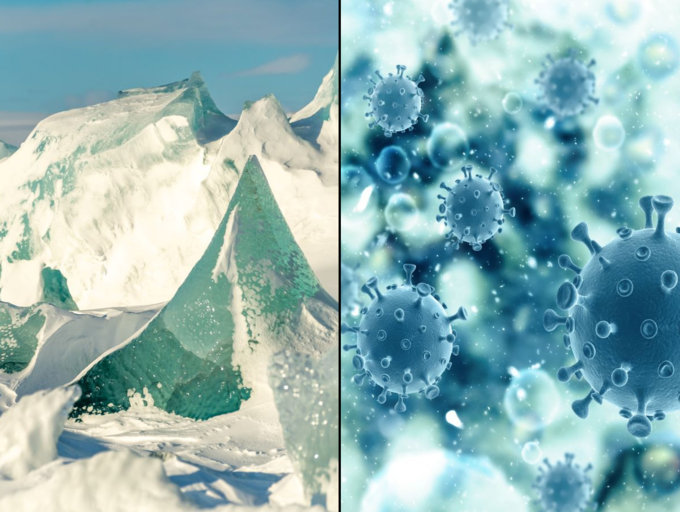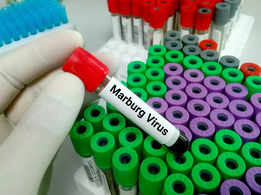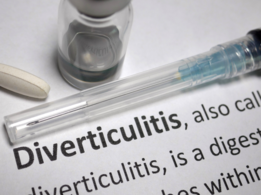01/6People afraid as zombie viruses revived

European researchers have recently revived 13 “zombie viruses'' from Russia’s Siberian permafrost. The study posted on bioRxiv revealed that one of these viruses, Pandoravirus yedoma, is more than 48,500 years old. Other viruses are also tens of thousands of years old.
The news has sent a wave of panic. Read on to learn about these viruses, why they are being revived, and how much you should worry.
02/6What is it called a zombie virus?


Zombie virus is the term given to a virus that is frozen in ice and therefore dormant. It does not mean that it is a virus that will turn you into a zombie, like those in horror movies and shows. However, in sync with the analogy, these viruses are ‘undead’ like the fictional zombie, and can come back alive and active under certain circumstances.
03/6Why is it revived?


According to the scientists, their work actually should be "extrapolated to show that the danger is real." This is because these viruses could potentially revive and become active once again due to the rising global warming. The ice currently trapping them can melt, releasing these infectious viruses into the atmosphere. This is a public health concern, wrote Jean-Marie Alempic, the lead researcher, in Science Alert.
Read more: Diabetes: Are jaggery and honey ‘healthier’ alternatives to sugar? Experts help you understand
04/6Are these viruses dangerous to humans?


The authors warn that some of these “zombie viruses” could potentially be dangerous to humans. As seen previously, thawing permafrost can claim human lives. In 2016, an anthrax outbreak in Siberia led to the death of a child and dozens of people were also hospitalized. As per the officials, the outbreak possibly started after a heat wave thawed the permafrost and unearthed a reindeer carcass that was infected with anthrax decades ago.
05/6Risk remains


There currently is not enough clarity on whether these particular zombie viruses will infect a host if thawed under outdoor conditions such as heat, oxygen and UV rays. However, the researchers argue that the risks remain, especially as more and more people begin to occupy the melting Arctic for commercial and industrial ventures.
"It is therefore legitimate to ponder the risk of ancient viral particles remaining infectious and getting back into circulation by the thawing of ancient permafrost layers," said the study.
06/6Should you panic?


Despite the potential risk factor, there is no need to panic, especially if you think the researchers would expose these viruses into the atmosphere.
As per researchers, there is no harm done by reviving the viruses for this research. More importantly, the strains that were studied mainly infect only amoeba microbes.























































































closecomments
SIGN IN WITH
FacebookGoogleEmail